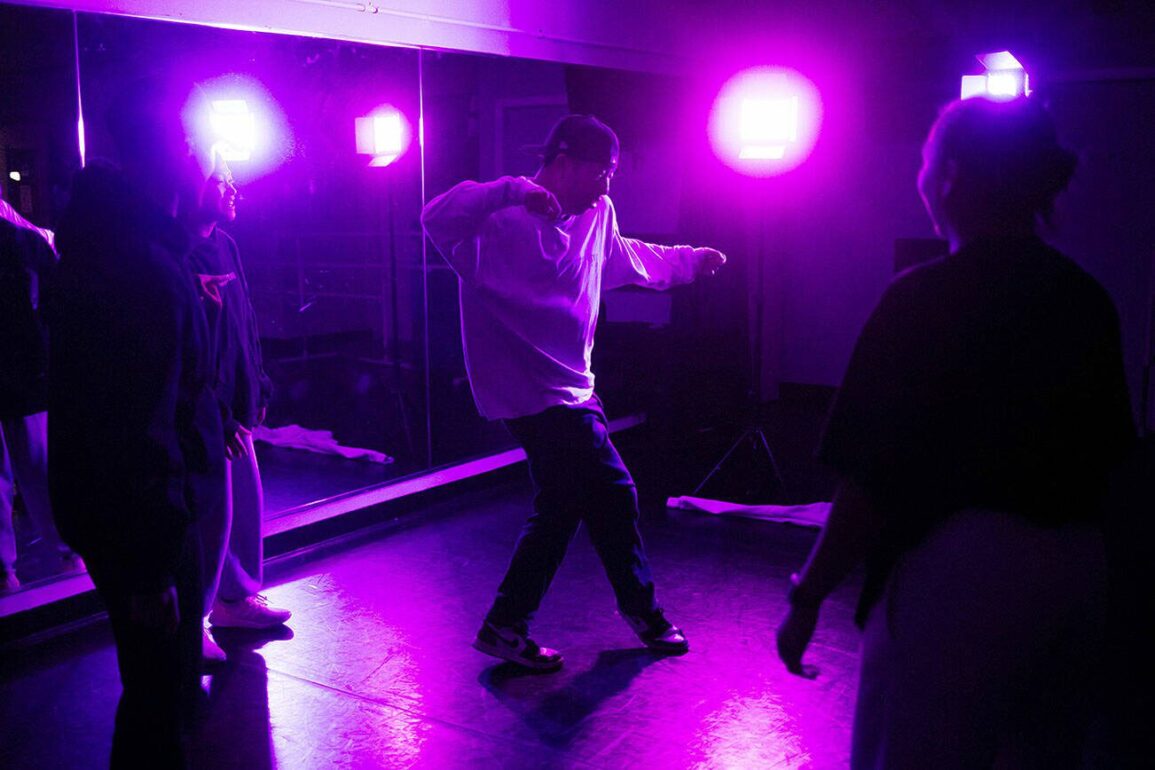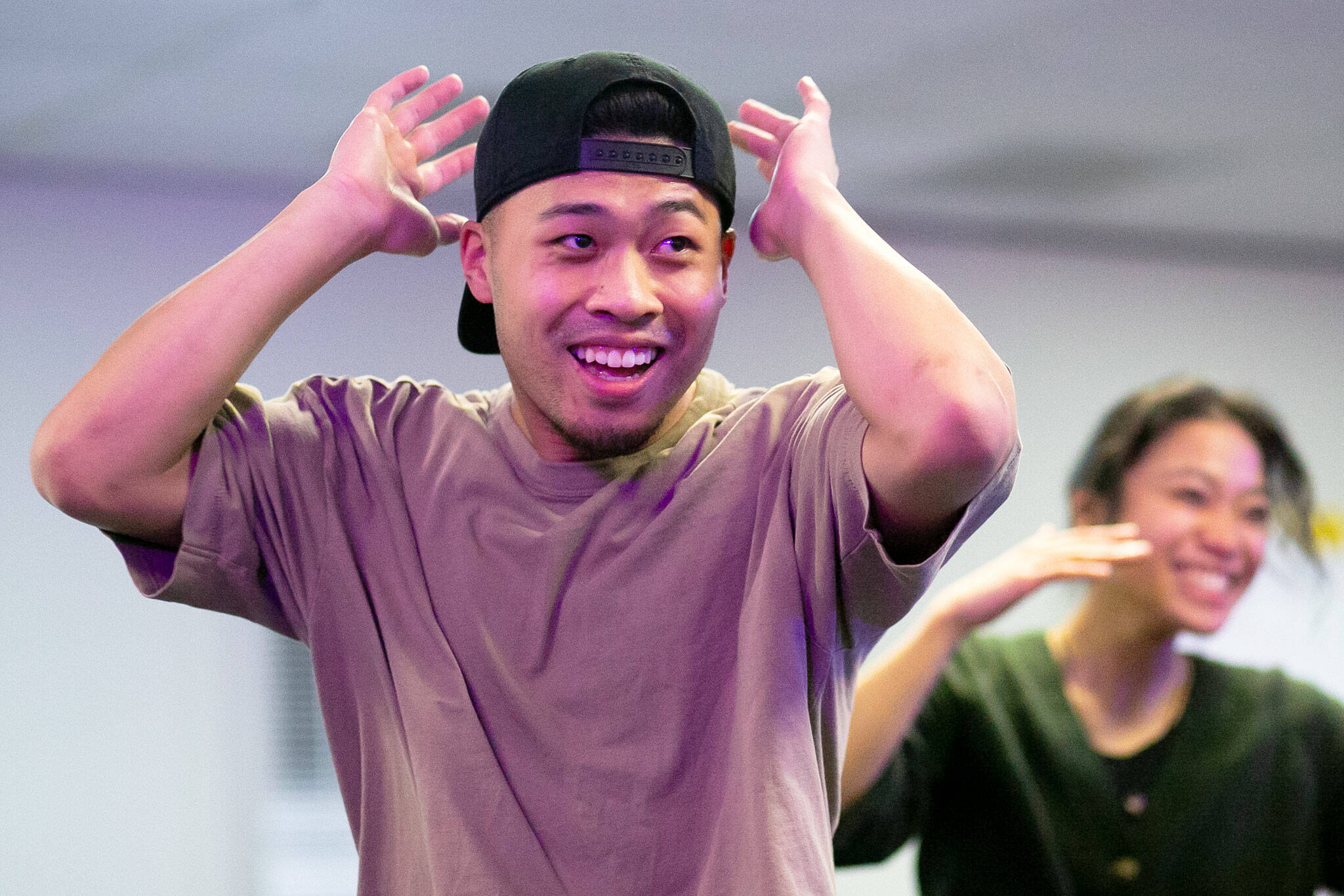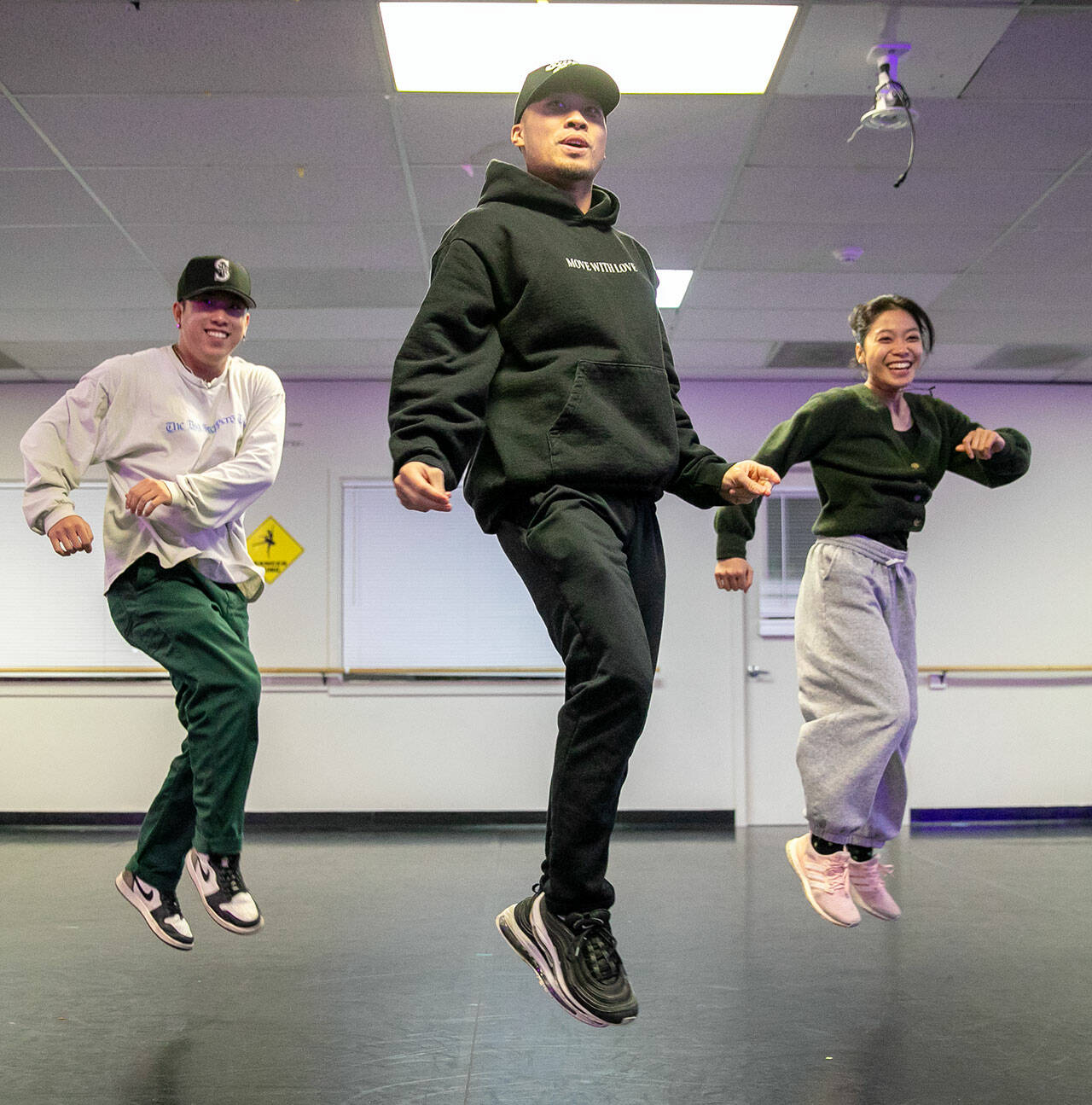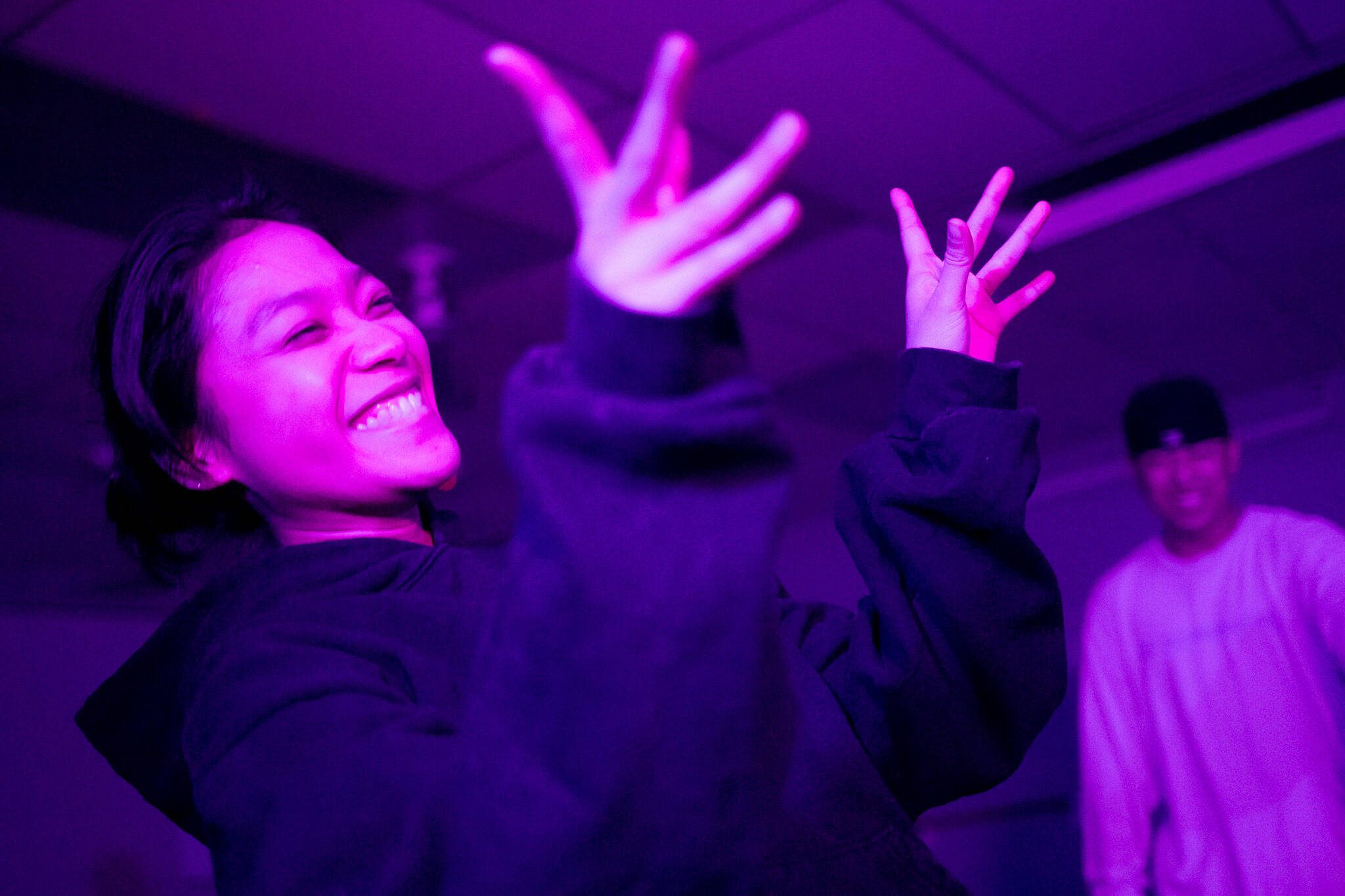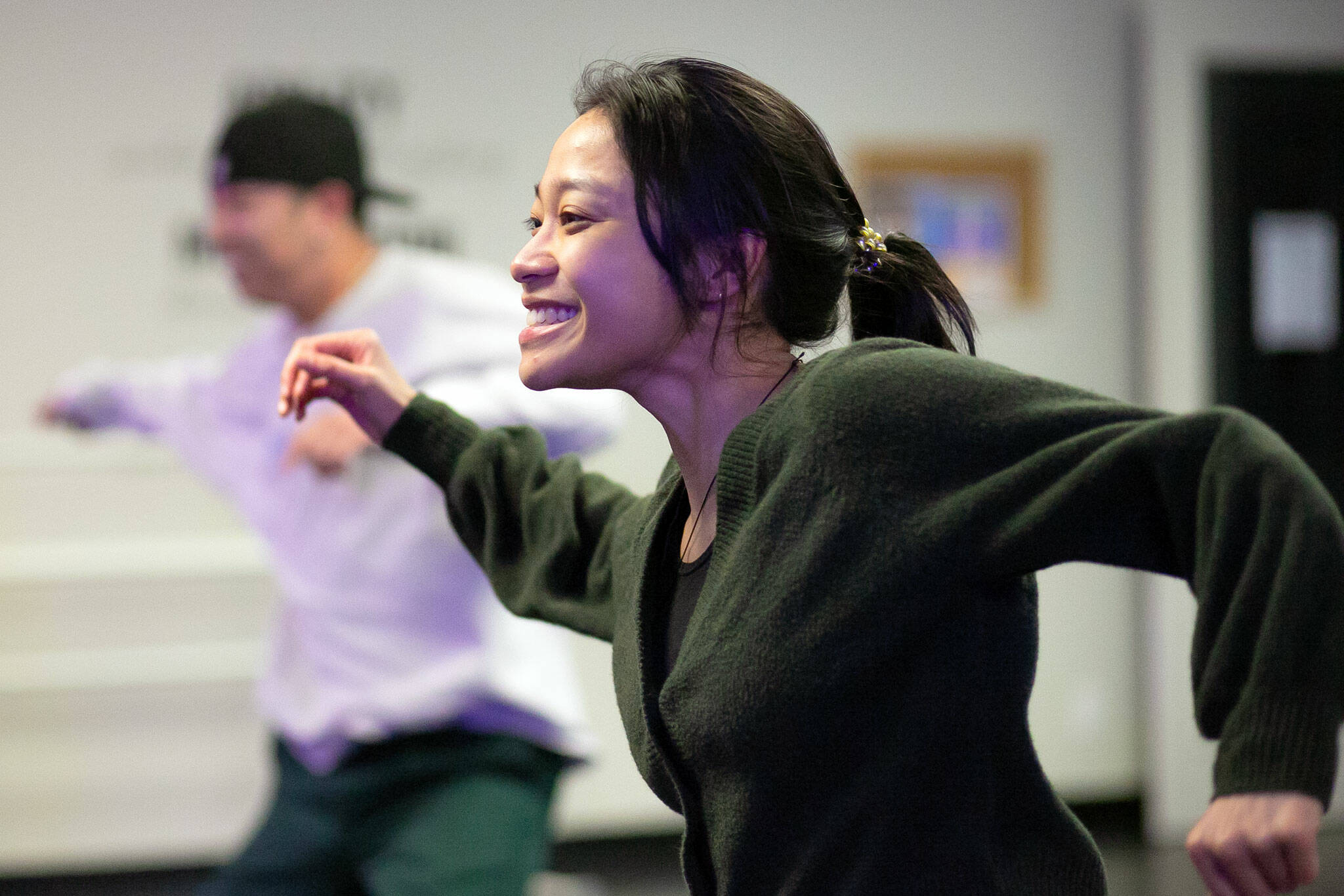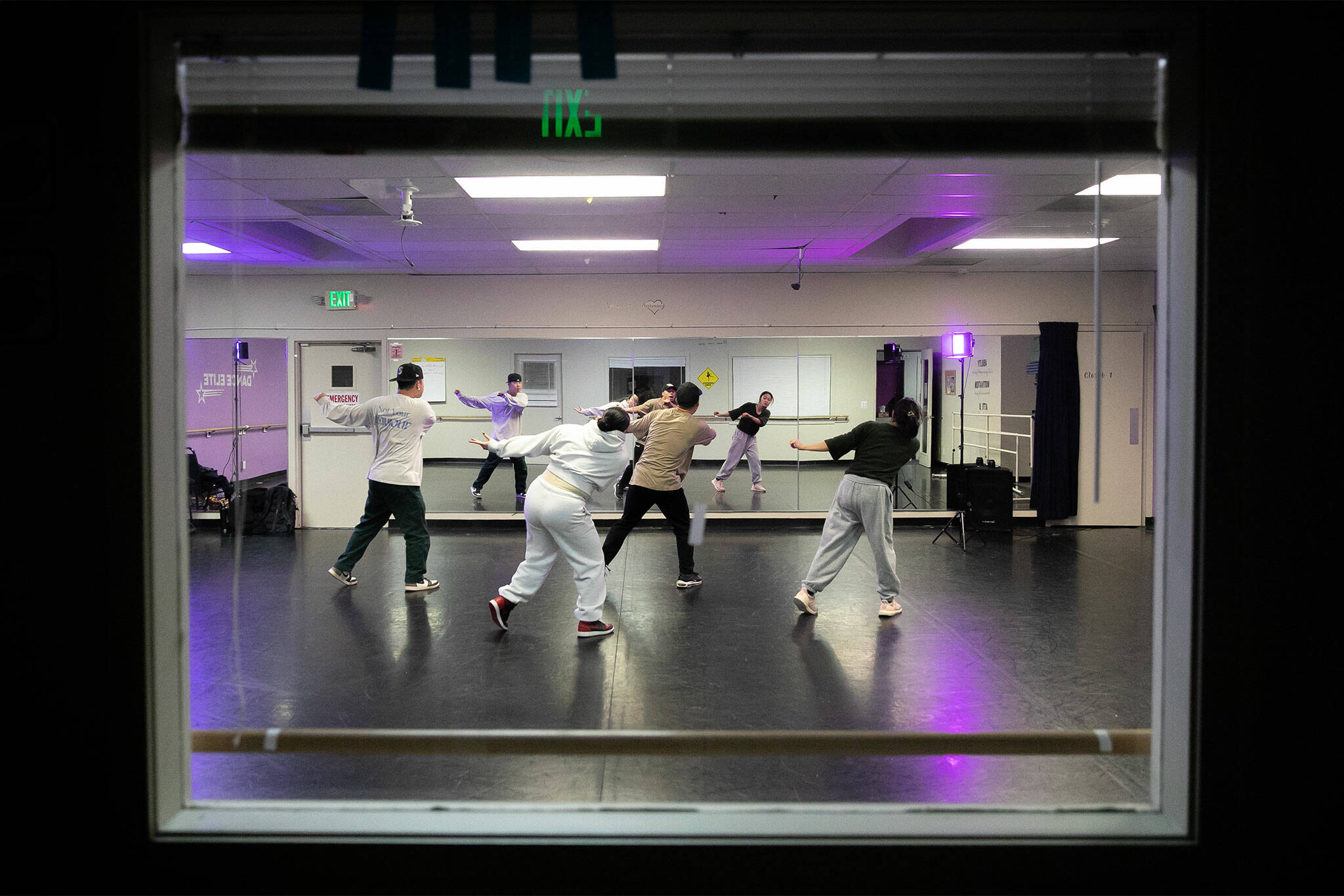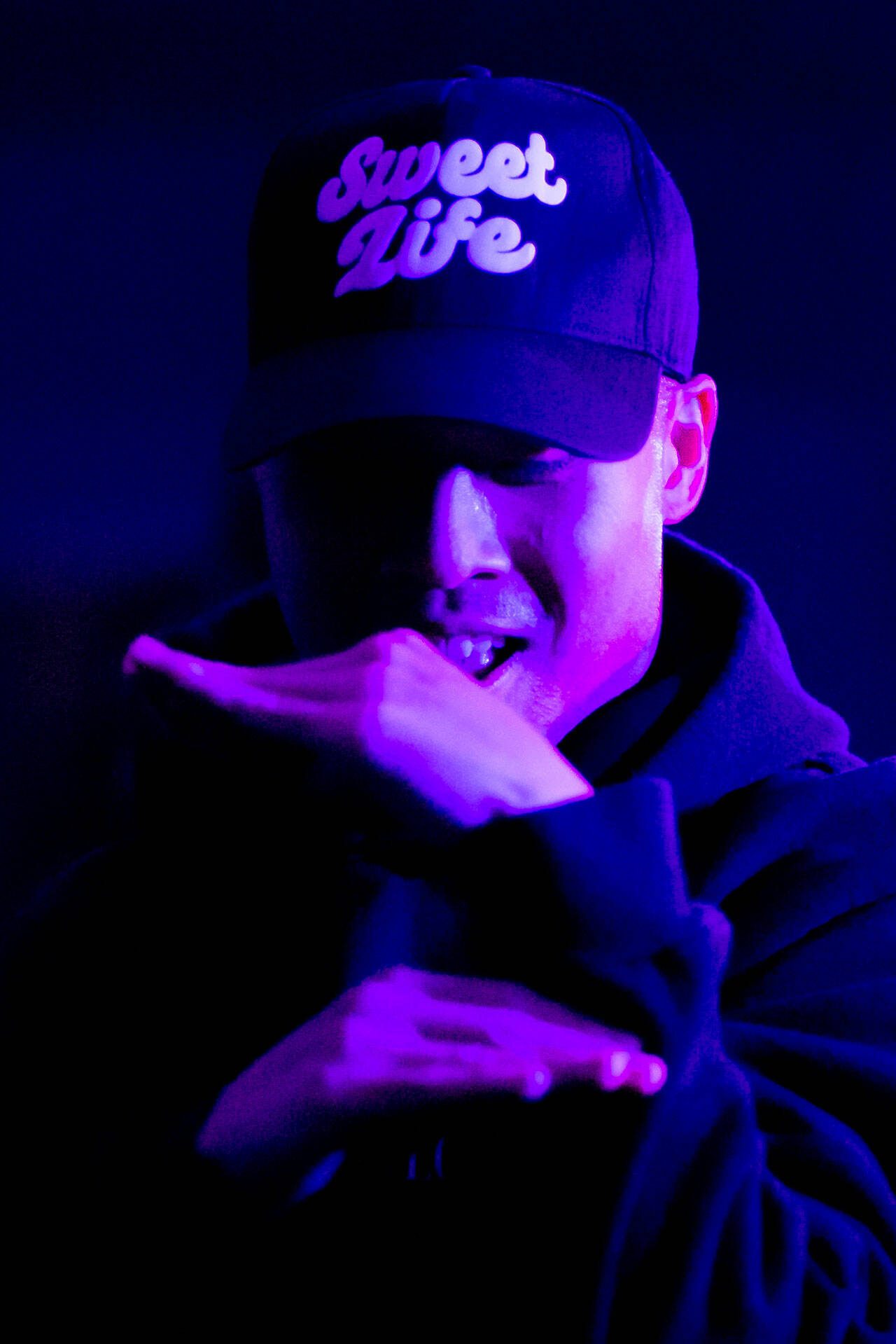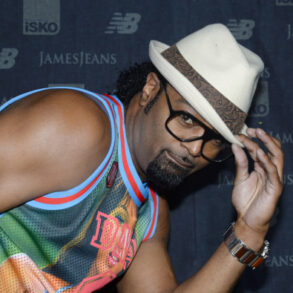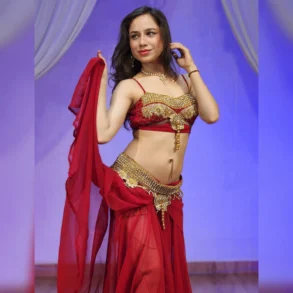Before Ponorak “Pon” Nuth started dancing, all he knew how to do was a handstand.
He was 12 years old when his older sister brought him to a kids’ camp run by Royal Impact, a dance team at Lynnwood High School where she served as captain. On the floor of the school gym, he tried his hand at break-dancing and hip-hop for the first time.
“That’s kind of what sparked the love for dance,” Nuth said. “It was different, it was fun. I feel like I was fairly athletic.”
Before he knew it, Nuth went into training mode. Dancing on crews in Mukilteo, competing in all-styles dance battles and performing on commercial teams, Nuth has spent the last 15 years learning from leaders in both the choreography and freestyle communities.
Nuth, now 27, runs his own crew specializing in choreography training out of Dance Elite Studios in Lynnwood.
The hip-hop based team, RTHMZ, is going back to the basics for its second season, switching their focus from stage performances to training and development. Along with his three co-directors and friends, Nuth is preparing for team auditions next month.
He hopes his program can bring together dancers of all styles in the local scene.
Boba on a stormy night
On a rainy Tuesday night, Nuth met up with fellow dancers Jon Kim, Richard Sivankeo and Lauren Mangibin for boba at Rain Cafe in Shoreline and some grocery shopping at the Asian Family Market next door. Even if they are not dancing together, they would most likely still find themselves in each other’s company.
But before RTHMZ, the four were just acquaintances.
“We each possess very specific qualities that work well together, and the glue of it was Pon,” Kim said. “He was the one who brought us together.”
Kim, 27, danced alongside Nuth on the Seahawks Dance Team for two years. He started off in traditional Korean dance as a child in Lynnwood, and later trained with local choreography crews. In his adulthood, he moved to San Diego to continue his training.
When he returned home in August, him and Nuth reached out to a handful of friends for a small “training squad “ to workshop their teaching skills. Soon after, the two made the decision to come back to RTHMZ with a new curriculum.
“We both felt really blessed by our community,” Kim said. “I wanted to give back to the community that gave so much to me and I felt like it was time to do that and share the experiences we all got from them.”
Before the first season of RTHMZ, Nuth asked Sivankeo to sit down for coffee to help organize the logistics of the team. But the two soon realized they had similar goals.
Sivankeo, 24, began dancing on a drill team out of his high school in Lynnwood. He joined other local choreography teams and later assisted Nuth in the first year of RTHMZ. He continues to train part-time in Canada.
“I’ve benefited way too long from being a student and always taking,” Sivankeo said. “Now I just want to give and return and reciprocate. I’m really excited to be a part of this really good group RTHMZ is and is becoming.”
The other three directors describe Sivankeo’s choreography style as a “structured flow.” Mangibin, on the other hand, simply just goes with it.
Originally from Austin, Mangibin started training in choreography in college. She later began freestyling with her roommates in street and ballroom styles during the pandemic. Along with RTHMZ, she joined other choreography dance teams in Seattle.
She now teaches hip-hop foundations at Vam Studios in Ballard, and practices waacking on the side, a dance style created by queer Black folks in the disco era.
“I think RTHMZ is definitely about building and creating local community,” Mangibin said. “The fact that (Nuth) has so many connections with so many different people in the community has helped get a lot of opportunities to perform, but also bring people who you don’t really see together.”
Nuth started teaching at dance at the age of 15. Throughout the years, he has learned from trial and error what works for most students — and definitely what doesn’t.
“Just coming from toxic leaders and harsh environments, I know there’s a lot of us that have gone through it and have come out somewhat okay,” Nuth said. “But of course, there is still the lingering traumas.”
The four directors combined their own experiences as both teachers and students to create a more inclusive class setting.
“Everyone was hungry”
In Nuth’s experience, the talent in Seattle was already high-caliber. But he wanted to keep raising the bar.
“Everyone was very hungry for dance, but there weren’t a lot of other opportunities to train,” Nuth said. “If you’re not growing as a student and a leader, you can’t give back to the community.”
The crew started off with about 20 choreography-based dancers in 2022, all from the greater Seattle area.
Last February, RTHMZ made their stage debut with Shorecrest High School’s annual dance showcase Physical Poetry. Dressed in nude colors and black sweats, Nuth put together a high energy group performance with choreography inspired by his break-dancing roots, an element of hip-hop culture characterized by footwork and acrobatics.
But performing can be stressful, Sivankeo said. After a series of local showcases, team leadership made the decision to not do stage performances in favor of developing basic choreography skills.
“When you commit to shows, you’re always in that mindset of learning choreography, cleaning, staging and blocking,” Sivankeo said. “If someone is hungry to train and wants to learn something new, but we’re going over an old choreography or going over something we already know, it’s kind of hard to keep growing.”
So the leaders of RTHMZ used their dance backgrounds to create a three-month “universal training program” that can be transferred to other styles.
Nuth will be teaching in three prongs: choreography retention, movement quality and character development.
“It’s hard to work on your movement quality or your character development if you just can’t remember the choreography,” Kim said. “It’s the first hurdle. We want to make sure the information we’re giving to people is sticking.”
During sessions, the crew encourages students to ask themselves: Do my arm angles match the choreographers? Is my foot placement correct? Is my posture the same?
If you stop at stage one, Kim said, you can technically still be a pretty good dancer. But movement quality, which tests aspects like execution, musicality and texture of your moves, is what heightens your skill level.
Are you letting the energy flow through your body? Are you keeping a consistent bounce? Are you subconsciously adding unnecessary movements?
In their final stage, character development focuses on how a dancer brings emotions into their movement. This can be executed through facials, stage presence and matching the energy of the music.
“People might not remember what you do, but they do remember how you made them feel,” Kim said.
While Nuth will be conducting most of the training, he is inviting guest teachers from the community that specialize in street style foundations.
In a session last season, Seattle dancer Dakota Compton introduced krumping, a raw and aggressive dance form originating from southern Los Angeles to the RTHMZ crew.
“The biggest importance to me is the appreciation of it,” Compton said. “A lot of times people are okay with just learning the movements, and not the history behind it.”
Giving back to the community
In their upcoming season, leadership at RTHMZ wants to integrate both choreo and freestyle dancers.
Dancers in Seattle are usually split into those who practice choreography, a pre-made sequence of movements, and those who freestyle, or improvise, their moves individually, Nuth said. Choreography in a group setting uses elements of styles like hip-hop for commercial use or stage performances, while freestyle is performed in cyphers, a dance circle, or battles.
Freestyle dancer Dufon “Orbitron” Smith has been in the Seattle scene since the 90’s, specializing in breaking and house dance. Seeing the community grow and evolve over the years, Smith said there is beauty in both expressions of dance.
“I think it comes down to the individual, personality-wise,” Smith said. “I love the freestyle aspect of creating by myself. But when we come together as a collective, we can do amazing things.”
Hip-hop culture was born among Black and Latino communities in the Bronx in the 1970’s. Merging jazz and poetry, two revolutionary forms of art, the hip-hop movement created a culture that told the stories of Black pride and hardships under White supremacy, according to journalist Rishma Dhaliwal.
Hip-hop dance began as freestyle house party moves, characterized by foundations of rock, bounce, wave and skate movements.
“That’s when you really start listening to the music and you’re aware of your surroundings,” Smith, 47, said. “You’re not thinking anymore — you’re not in your head, like, ‘I gotta do this move, and that move.’ You let the music take control, and that’s the essence of where hip-hop came from in the streets.”
As non-Black dancers, the directors of RTHMZ consider themselves guests to the culture of street styles like hip-hop, whaacking and krump, and take steps to pay tribute to its history.
“When it comes to throwing in moves from different styles that you don’t train in, that’s a huge issue. It’s stealing,” Nuth said. “I think what we are able to do in these training sessions to pay respect is to continuously spread the awareness, encourage everybody to go and learn from our local leaders. We’ll teach what we know, but don’t just learn from us.”
Or to put it simply, dancers should “know your place” within the community, Kim said.
“Because the styles that we learn from all have stories behind them, it’s important to understand why that message was being proliferated throughout the creation of the scene and what it’s bringing us to today,” Mangibin said. “Once we start to disregard those stories that create the movement and the history behind it, it’s just a disregard and a disrespect to the people who have gone through these hardships to bring about what we have today.”
The crew is looking for freestylers and choreography-based dancers alike. Students should be hungry, willing to work, and respectful to those around them, Nuth said.
“I think RTHMZ gives the community something to be proud of,” Mangibin said. “We move with love. What else better to connect people than spreading that?”
Maya Tizon: 425-339-3434; maya.tizon@heraldnet.com; Twitter: @mayatizon.
Sound & Summit
This article is featured in the spring issue of Sound & Summit, a supplement of The Daily Herald. Explore Snohomish and Island counties with each quarterly magazine. Each issue is $4.99. Subscribe to receive all four editions for $18 per year. Call 425-339-3200 or go to soundsummitmagazine.com for more information.
This post was originally published on this site be sure to check out more of their content.


